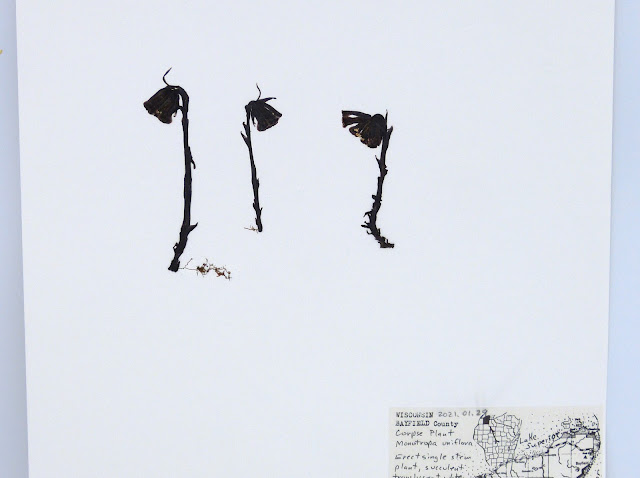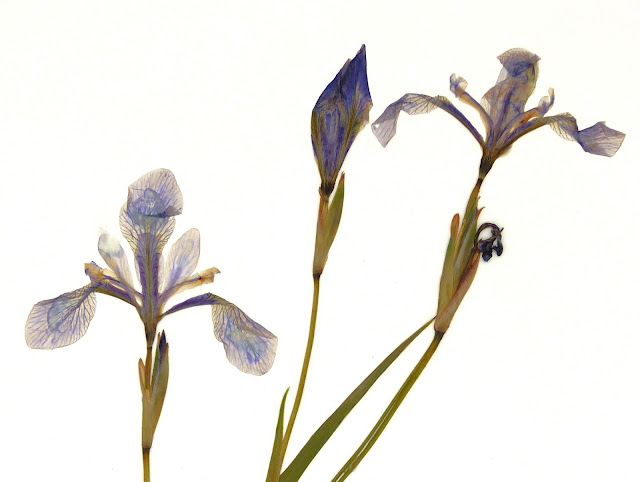The Most Colorful Plants
“How do you keep the plants so green?” I hear the question clear across the office as our herbarium volunteer tightens straps around two sturdy, outer boards while inside a new batch of prepared plant sheets are ready for drying. Our assistant director has been peeking over in interest.
The plants that had been collected this past summer have retained the same vibrancy as the day they were harvested – chartreuse green leaves, orchid purple petals and sepals. It’s as if Jan wields some magical power that captures the essence of summer.
So, how do our plants stay colorful? Is it intentional, or truly
magic? The cryptic answer is this – we cannot preserve their color forever, but
we can sure try. The reality is that many of the plants in our collection exhibit varying degrees
of loss of vibrancy. A large batch of specimens that had been collected and
processed in the mid-1970’s, for example, have nearly all dulled their way to a
similar shade of beige. Meanwhile, plants submitted by our current collector back in 2019 are very true to their living colors (except the ghost pipe, Monotropa
uniflora, which went into the press a ghostly translucent white and came
out a kettle black). Undoubtedly, these too will lose some color but if handled
carefully will retain it for much longer that a plant left to the wills of the environment.
 |
| Ghost pipe after standard drying techniques. |
 |
| Ghost pipe in the field. Source |
In large part, what helps to maintain the plants both in structure and color is quick and even drying. Plants naturally decay, mold, and/or rot upon death outdoors. When we add in a moisture-removing process, we are often able to intervene before other natural processes begin de-coloring.
Specifically, the way a plant press works is by layering dried plants between sheets of newsprint and corrugated cardboard. The newsprint helps by absorbing some moisture from the plants in its direct contact. The corrugated cardboard layers provide airflow, which of course speeds up the low-temperature drying process. All layers in the press are bound together and strapped in so that pressure is added to the mix. And there you go! Beautiful, colorful, plants for our collection and numerous opportunities for those plants to be used in our understanding of the flora of our area.
